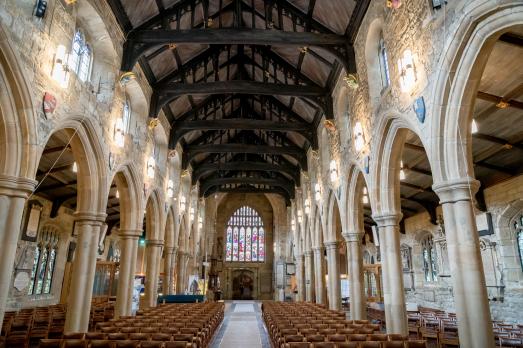
Bradford Cathedral
Bradford's beautiful cathedral is a hidden jewel waiting to be discovered with its peaceful setting in tranquil gardens where once battle raged.
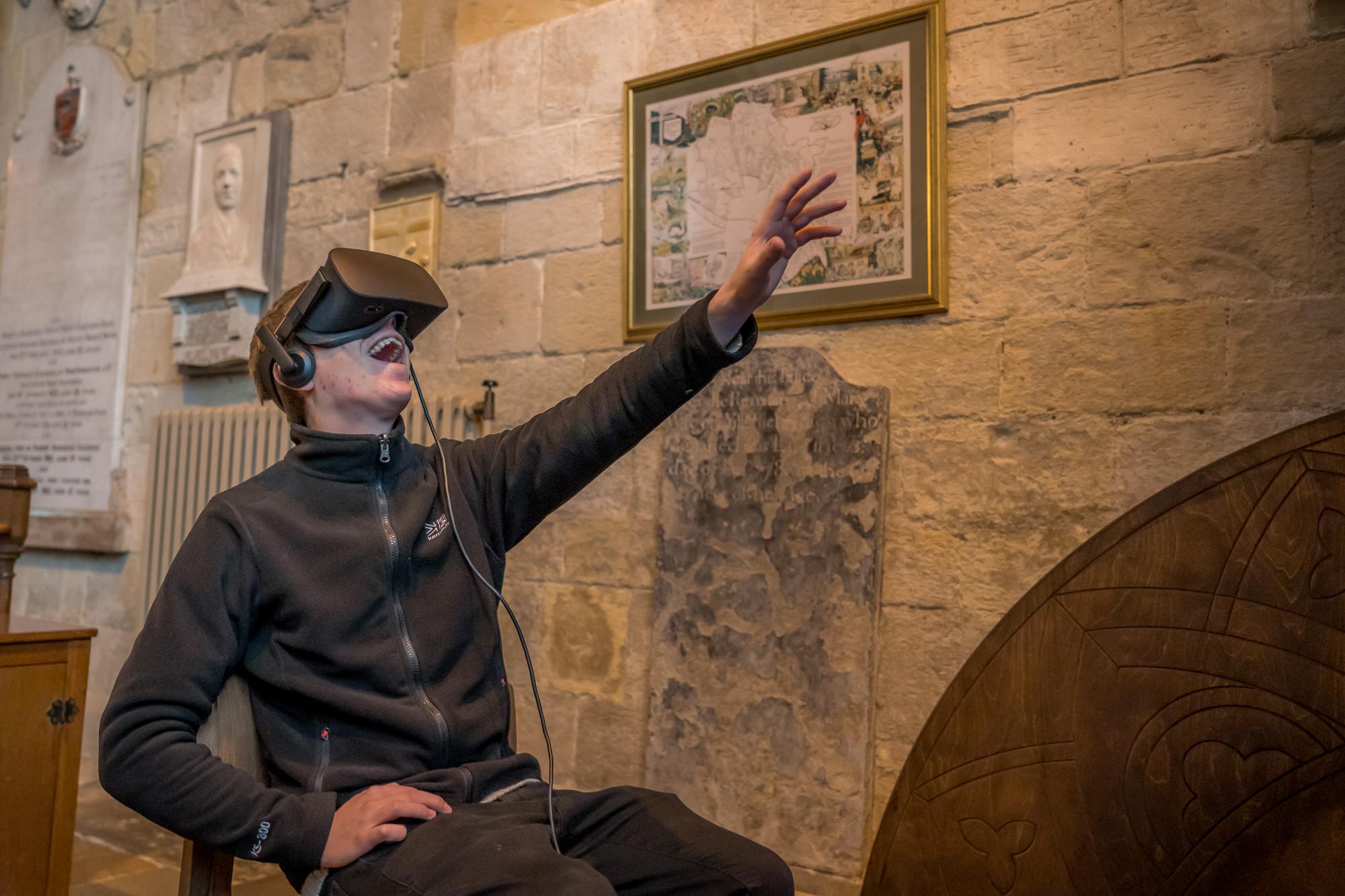

Bradford's beautiful cathedral is a hidden jewel waiting to be discovered with its peaceful setting in tranquil gardens where once battle raged.
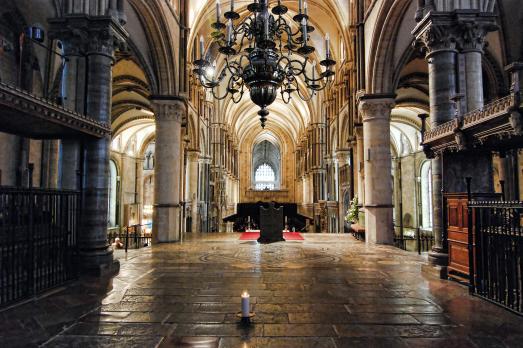
The world famous cathedral, housing many stunning features, including a Romanesque crypt, a perpendicular nave and beautiful medieval stained glass windows.
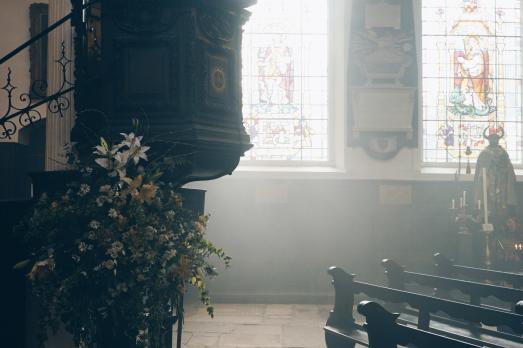
The original church, founded in the early 12th century, was one of the first buildings to be destroyed by the Great Fire as it stood just 300m (1000ft) from Pudding Lane.
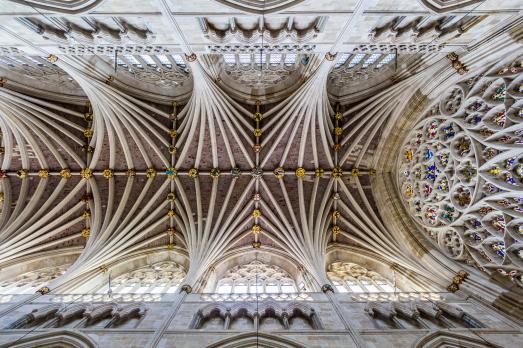
One of the finest examples of Gothic architecture anywhere: inside you’ll find a building which has lived through war, political unreset, the Exeter Blitz and much more.
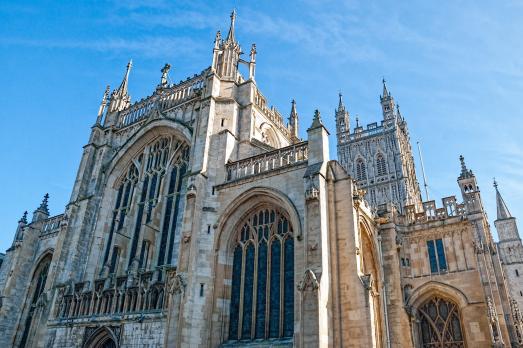
Take in the beautifully restored medieval Lady Chapel and our impressive Norman nave, or journey into the crypt below and the tribune gallery above.
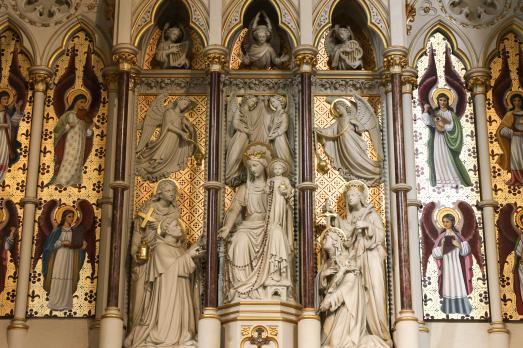
London's Rosary Shrine is the main church of the Dominican friars in England, completed in 1883 as a unique testimony in stone and glass to the power of the prayer of the Rosary.
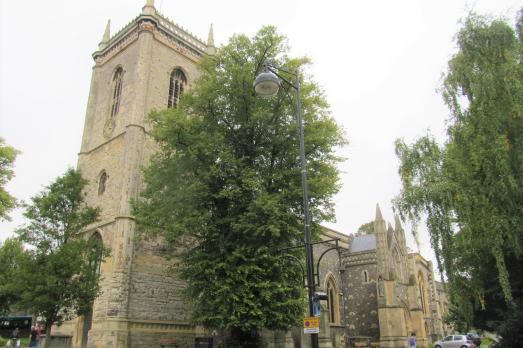
All Saints church is located in the heart of High Wycombe, there has been a church on this site for over 900 years.
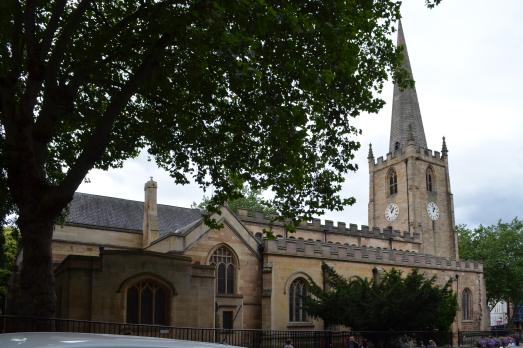
An ancient building with several contemporary features, where you will find a remarkable oasis of peace and tranquillity at the heart of Nottingham’s busy life.

St James’s church, built by Sir Christopher Wren, was consecrated in 1684, towards the end of the most turbulent century in England’s religious history.
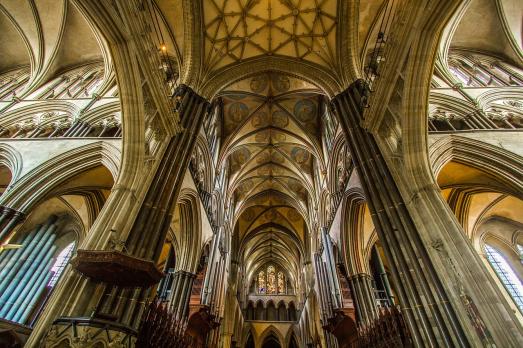
This beautiful place welcomed countless visitors for just shy of 800 years, with the best preserved Magna Carta of 1215.
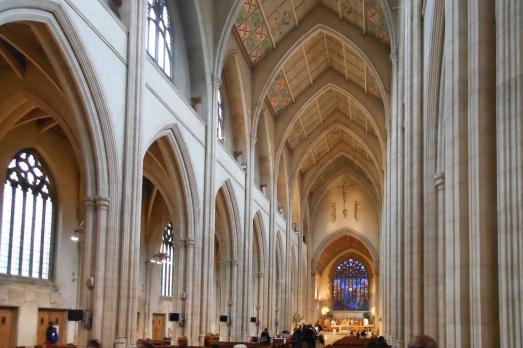
The original cathedral building was designed by the great Victorian architect Augustus Pugin.
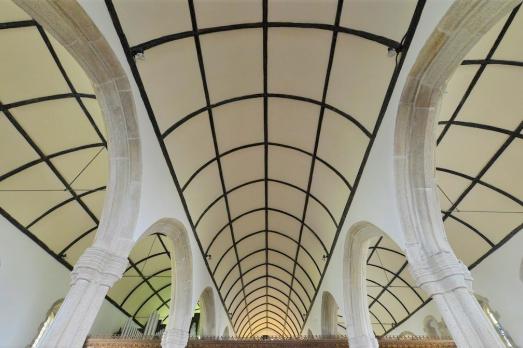
A friendly, Cornish village, dominated by its huge collegiate church, ‘the Cathedral of the West’ dedicated to a 5th century Irish Saint.

A fine building located at the very heart of the town, the most westerly town on the mainland of Britain, about seven miles west of Penzance.
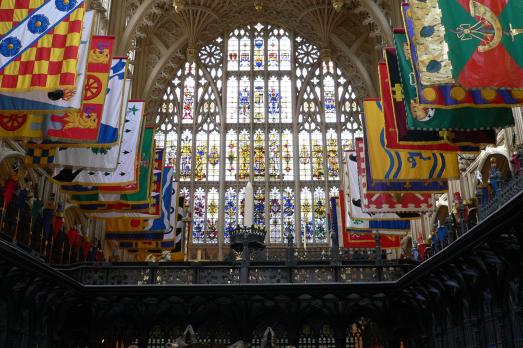
Westminster Abbey presents a unique pageant of British history.
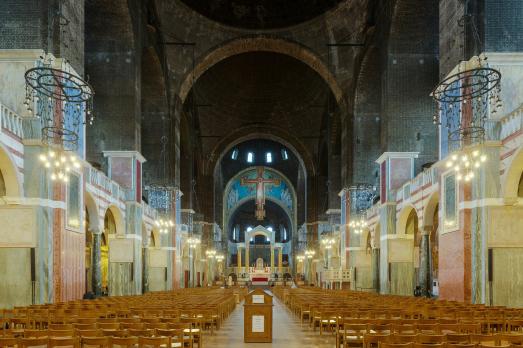
Westminster Cathedral is a supreme achievement of art with many distinguished works of artistic merit.

The connection with the Royal Family is strong, members have been baptised, marrie

Tour our church and churchyard to find out more about a rich history and connections to the world renowned Ironbridge Gorge.
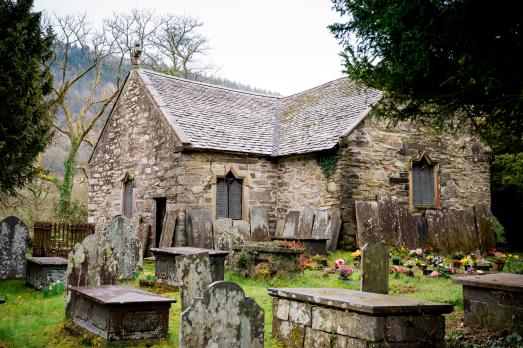
This redundant 14th century church is now cared for by the St Michael's Betws y Coed Trust and welcomes visitors from all over the world.
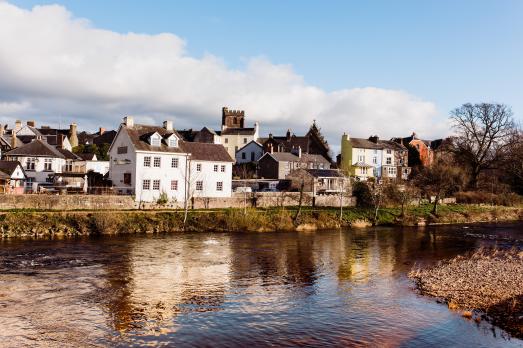
Brecon Cathedral started life in 1093, built by the Normans on the site of an earlier Celtic church.

‘Fylliog church is an ancient, thoroughly restored in the 20th century, set in a quiet and peaceful location nestled beneath trees beside a flowing river, it is an oasis of calm where the spiritual and divine is easy to feel.
When the 16th century clerestory was inserted the ceilings were renewed and raised, with snowflake like painted wooden bosses.
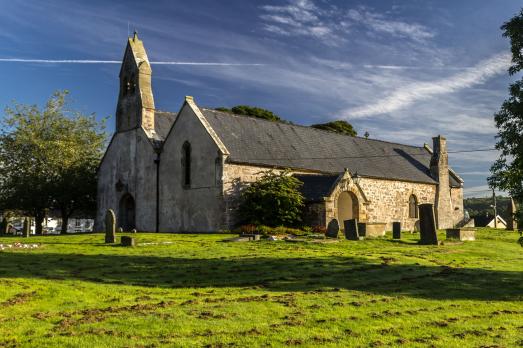
A veritable treasure trove of hidden history, from pre-reformation chandeliers, effigies of Welsh Princes, ivory states of St Garmon and so much more to explore, all set within a beautiful village, a place of rest and refreshment.
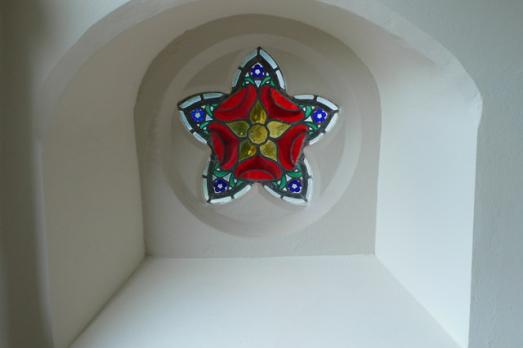
Interesting Tractarian church with stunning stained glass windows.
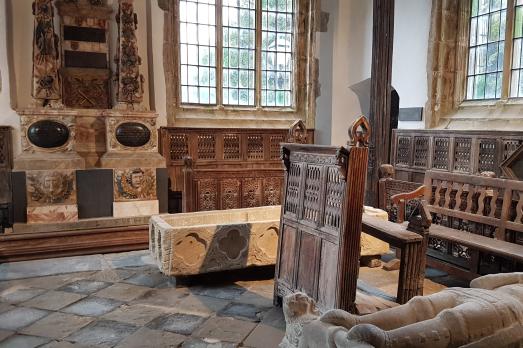
The walls of St Grwst have seen over 550 years of rich history and religion and are the home to many a story, legend and myth.
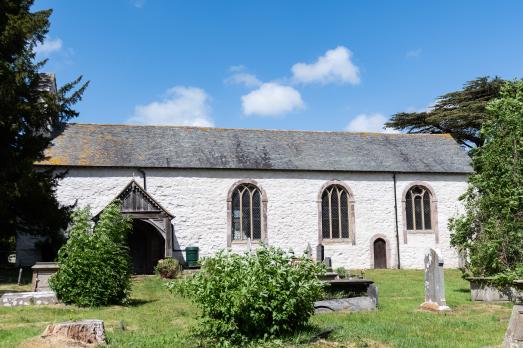
From centuries old graffiti inscribed upon the door to the magnificently preserved medieval wall painting of St Christopher, our history can be read as you journey around this church.
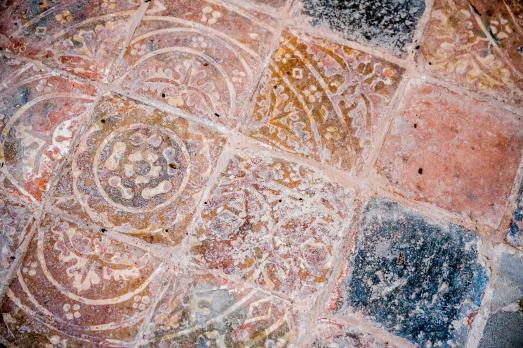
Tucked away on one side of the old market square of Ruthin, behind a set of marvellous gilded wrought iron gates.
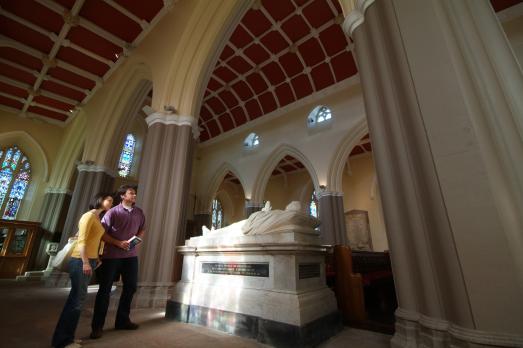
Many Celtic and medieval carvings are to be seen within the cathedral which is also rich in 18th and 19th century sculpture.
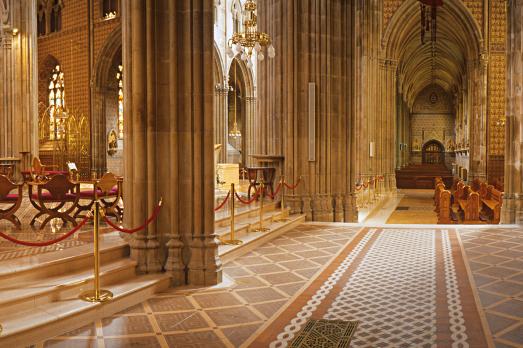
Built in various phases, the decorative style was significantly changed in 1982 and the beautiful interior is frequently remarked upon by visitors.

Designed by Thomas Jackson of Waterford and it is in the ecclesiastical style of the Tudor period and is regarded as one of the finest examples of Tudor Revival style of the churches in Northern Ireland.

Step inside Belfast’s dedicated maritime place of worship, which was officially opened in October 1857.

St Nicholas’ Church was established on this site in 1182 by John de Courcy, an Anglo-Norman knight who arrived in Ireland in 1176 and who was responsible for building the impressive Carrickfergus Castle.
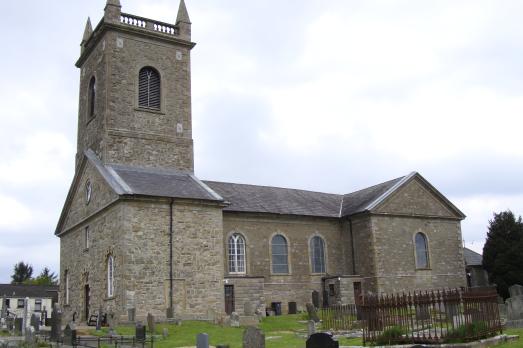
According to tradition a monastery and bishopric were founded in Clogher circa 490 by St Macartan on the orders of St Patrick.

Devinish Island is the most important of Lough Erne’s many island church and monastic settlements, and certainly a significant historical site.

Located within the city’s walls, it is believed to be on the site of an earlier Presbyterian church founded in 1690, as a reward for the bravery of the Presbyterian’s during the Siege of Derry in 1689.

On the north bank of the Quoile River, Inch Abbey was founded by John de Courcy in atonement for his destruction of Erenagah Abbey.

A large T shaped meeting house opened in 1711 with four galleries including one so called ‘Squires Gallery’ and one gallery approached from an external staircase.
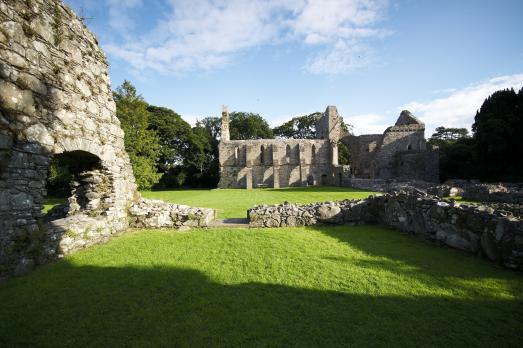
Along with Inch Abbey, Greyabbey is the best example of Cistercian architecture in Ulster and was the daughter house of Holm Cultram in Cumbria.

Holywood’s rich ecclesiastical heritage is represented today by its most distinctive building, the Old Priory.
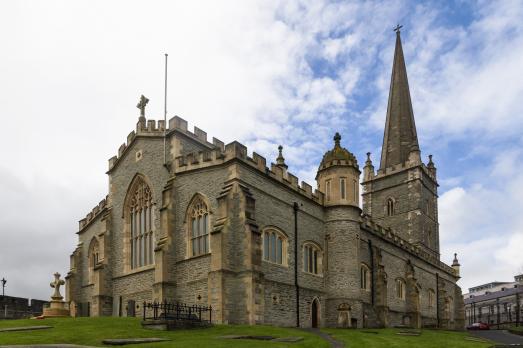
St Columb is the oldest surviving building (1633) in the walled city of Derry, dedicated to Saint Columba, the Irish monk who established a Christian settlement in the area.
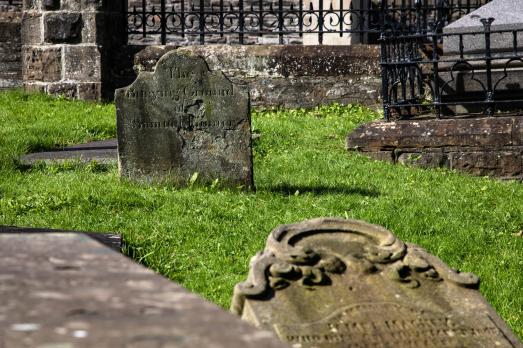
St Augustine's church is known as the 'Wee Church on the Walls' and is thought to be the site of a 6th century monastery.
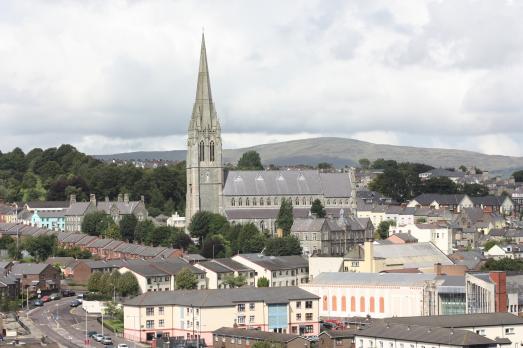
Between an elegant Georgian district and the green tranquillity of Brooke Park, stands the Catholic cathedral dedicated to St Eugene in 1873 by Bishop Kelly, to whose memory the glass canopy was built.
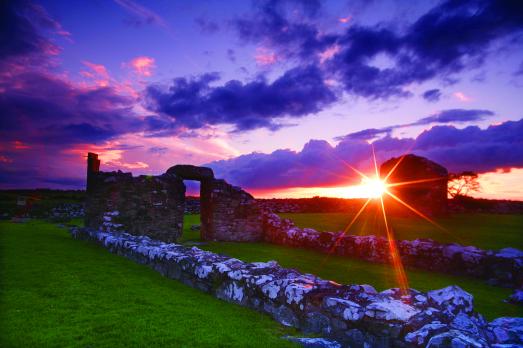
The best example in Northern Ireland of a pre Norman monastic enclosure, sitting on a tidal island.

Newtownards Priory was a medieval Dominican priory founded by the Savage family around 1244.

Portaferry Presbyterian Church was built in 1841, in the Greek revival style, possibly using the Temple of Nemesis on the Greek Island of Rhamnous as a model.

On one of the oldest recorded sites of Christianity in Ireland, links to the area date back to the early 500 AD’s.
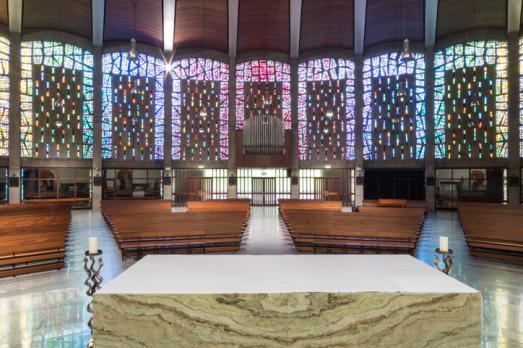
Striking fan shaped 1960s church with Elizabeth Frink's largest Christ sculpture and stunning windows by Dom Charles Norris.